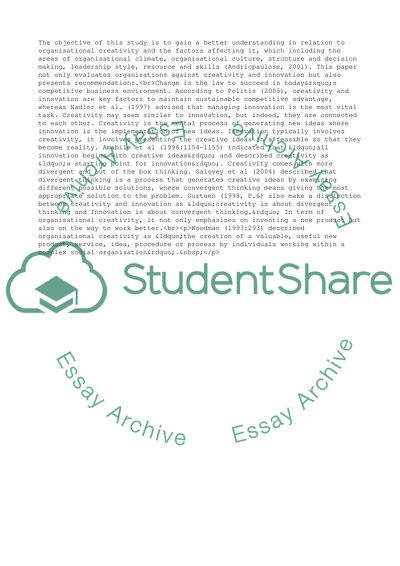Cite this document
(Creativity and Innovation - the Key Factors to Maintain Sustainable Co Case Study, n.d.)
Creativity and Innovation - the Key Factors to Maintain Sustainable Co Case Study. Retrieved from https://studentshare.org/management/1728876-c-i12288-international-management
Creativity and Innovation - the Key Factors to Maintain Sustainable Co Case Study. Retrieved from https://studentshare.org/management/1728876-c-i12288-international-management
(Creativity and Innovation - the Key Factors to Maintain Sustainable Co Case Study)
Creativity and Innovation - the Key Factors to Maintain Sustainable Co Case Study. https://studentshare.org/management/1728876-c-i12288-international-management.
Creativity and Innovation - the Key Factors to Maintain Sustainable Co Case Study. https://studentshare.org/management/1728876-c-i12288-international-management.
“Creativity and Innovation - the Key Factors to Maintain Sustainable Co Case Study”, n.d. https://studentshare.org/management/1728876-c-i12288-international-management.


